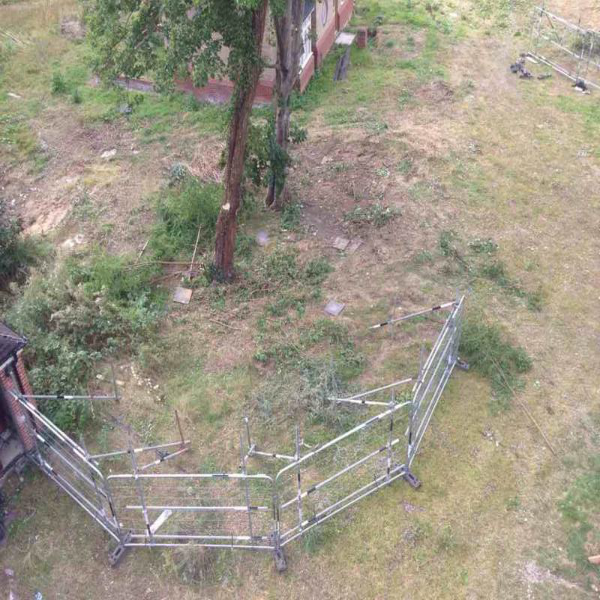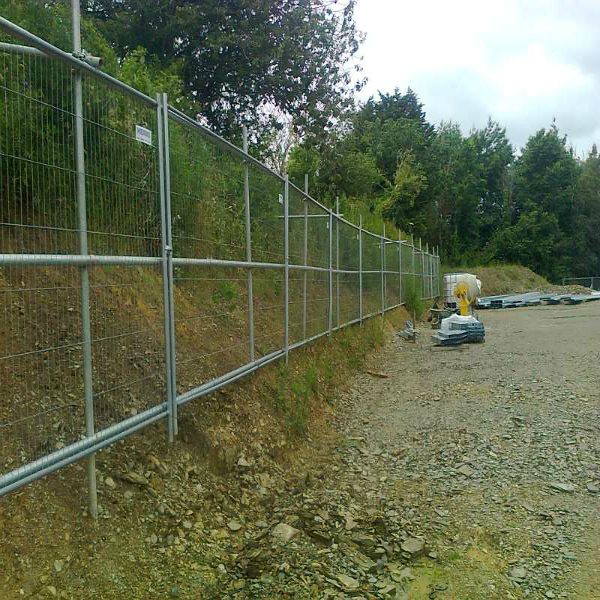TREE PROTECTION FENCING SYSTEM
BS 5837:2012 – Trees in relation to design, demolition and construction
Trees are important elements of green infrastructure, contributing to urban cooling through evapotranspiration and providing micro-climatic effects that can reduce energy demands in buildings. They therefore represent a key resource that can significantly contribute to climate change adaptation.
Trees can offer many benefits, including:
Providing visual amenity, softening or complementing the effect of the built environment, and adding maturity to new developments
Displaying seasonal change and providing opportunities for wildlife in built-up areas
Making places more comfortable in tangible ways by contributing screening and shade, reducing wind speed and turbulence, intercepting snow and rainfall, and reducing glare.
Where tree retention or planting is proposed in conjunction with nearby construction, the objective should be to achieve a harmonious relationship between trees and structures that can be sustained in the long term. The good practice recommended in this British Standard is intended to assist in achieving this objective. BS 5837:2012 is applicable whether or not planning permission is required.
BS 5837:2012 follows a logical sequence of events that has tree care at the heart of the process. The full sequence of events might not be applicable in all instances; for example, a planning application for a conservatory might not require the level of detail that needs to accompany a planning application for the development of a site with one or more dwellings.
Who is BS 5837:2012 for?
It is applicable to all those interested in harmony between trees and development, this includes:
Arboriculturists
Architects
Builders
Engineers
Landscape architects
Land managers
Contractors
Planners
Statutory undertakers
Surveyors.
All contractors must consider the impact their works have on existing trees and plantation and as such, have a statutory duty to protect them.
The installation of tree protection fencing provides a protective barrier to the entire perimeter allowing contractors to work safely and efficiently without the worry of potentially damaging any part of tree trunk, branches, roots or surrounding ground.
Use the button below to download our spec sheet!

SOFT GROUND
- Vertical, horizontal and diagonal scaffold frame secured into the ground and tightly fastened together with scaffold fitting to form a rigid structure
- Welded mesh fence panels securely fastened back to scaffold frame using steel ties
- ‘Tree Protection Fence’ signs applied throughout
HARD GROUND
- Welded mesh fence panels installed on rubber blocks and securely fastened together using fencing couplers (2 standard and 1 anti-tamper)
- Entire fence line to be braced using back stays/trays with 2 additional rubber blocks used as ballast weight
- Anti-lift devices applied to entire fence line to stop panels being lifted from rubber blocks
- ‘Tree Protection Fence’ signs applied throughout

